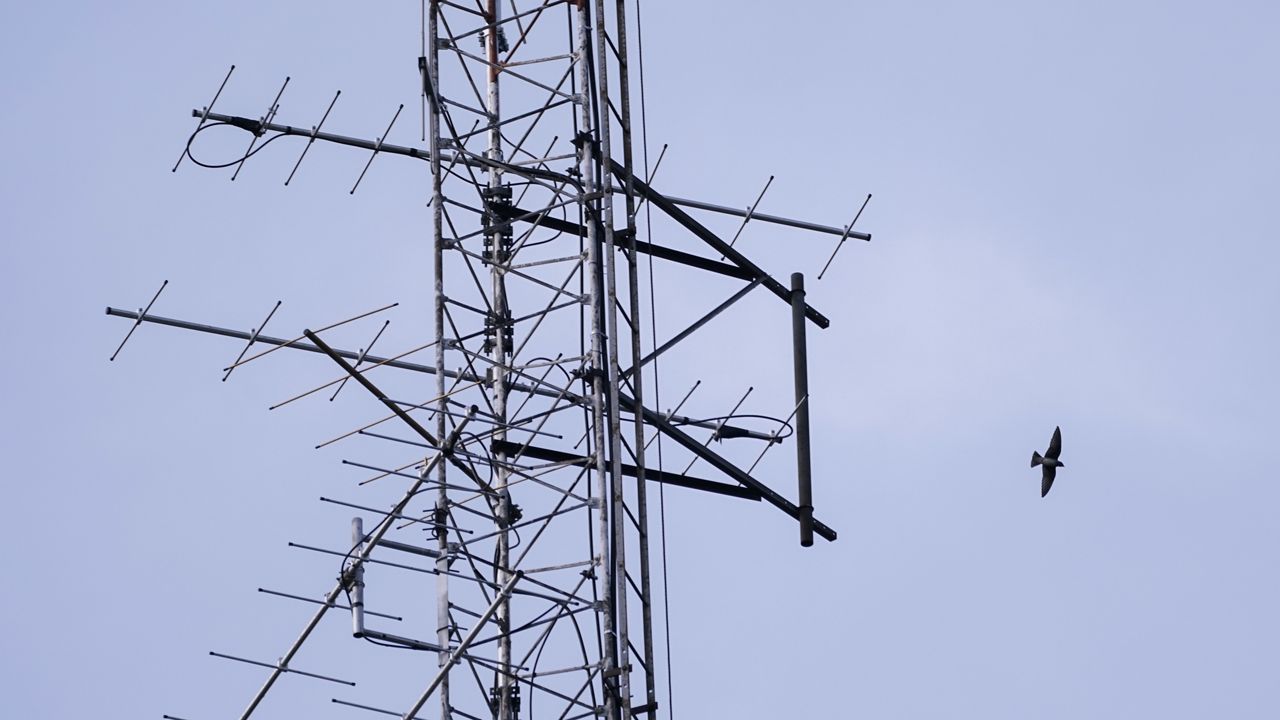The Biden administration released a national strategy Monday aimed at increasing access to the radio spectrum to meet rising demand.
What You Need To Know
- The Biden administration released a national strategy Monday aimed at increasing access to the radio spectrum to meet rising demand
- In addition to the strategy, President Joe Biden issued a memorandum further directing federal agencies on implementing U.S. spectrum policy
- The spectrum is limited and being stretched thinner by a world increasingly reliant on wireless technologies
- The strategy includes studying the potential of repurposing some of the spectrum, bringing together the private sector and government agencies on long-term planning and developing a workforce to handle all aspects of the spectrum in the future
In addition to the strategy, President Joe Biden issued a memorandum further directing federal agencies on implementing U.S. spectrum policy.
The spectrum includes the radio frequencies that travel over the air, powering TV, radio, cellphones, wireless internet and more. It also is vital in government functions such as air traffic control, disaster response, space travel and national defense.
But the spectrum is limited and being stretched thinner by a world increasingly reliant on wireless technologies.
“In a future that is digital and wireless, spectrum is a vital resource,” Lael Brainard, director of the White House National Economic Council, told reporters on a call Monday. “And reliable access to spectrum is essential for American innovation, economic progress competitiveness and national security.”
The new strategy includes four pillars:
Establishing a “spectrum pipeline” to ensure U.S. leadership in advanced and emerging technologies. This includes a study into potentially repurposing 2,786 megahertz of the spectrum.
Bringing together the private sector and government agencies on long-term spectrum planning.
Increasing spectrum access through cutting-edge technologies and techniques, including spectrum sharing. Within 12 to 18 months, the U.S. government will advance research, create investment incentives and set goals to develop spectrum access technologies, according to the strategy. “We have to make better use of the airwaves we have, and technology will help,” said Alan Davidson, assistant secretary of commerce for communications and information.
Expanding spectrum expertise and elevating national awareness. This involves developing a workforce that can fill the full range of operational, technical, and policy positions in the future spectrum industry and educating members of the public about the role the spectrum plays in life.
“We all understand that the spectrum is crowded, demand is growing fast,” said Arati Prabhakar, director of the White House Office of Science and Technology Policy. “So it’s not surprising that the discussions and the negotiations about how we use the spectrum are difficult and sometimes even contentious. And today, the president is taking these important steps so that the government can make the decisions that move all interests in the spectrum forward.
Biden’s memorandum reaffirms that the National Telecommunications Information Administration and Federal Communications Commission jointly manage the spectrum and reiterates that the NTIA is the president’s principal adviser on spectrum issues. It also establishes an interagency Spectrum Advisory Council to advise the NTIA.
“Together, the memorandum and the strategy are landmark steps towards a more transparent, more coordinated, whole-of-government approach to spectrum management,” Brainard said. “Together, the memorandum and national spectrum strategy will enable us to better manage our scarce and valuable spectrum resources, helping our country maintain its innovation edge, creating jobs and improving vital government services.”
Prabhakar stressed that Biden’s memorandum “opens the door to innovation in how we use the spectrum.” And administration officials said it’s crucial that U.S. spectrum policy allows the country to continue to be seen as a leader in wireless technology.
“We need American companies to stay at the cutting edge of wireless technology,” said Anne Neuberger, deputy national security adviser for cyber and emerging technology. “And that depends on creating new opportunities to access spectrum.”
Neuberger said Monday’s announcement was timed to precede the United Nations’ World Radio Conference later this month, where countries will discuss which radio bands to propose for study for 6G wireless communication.



